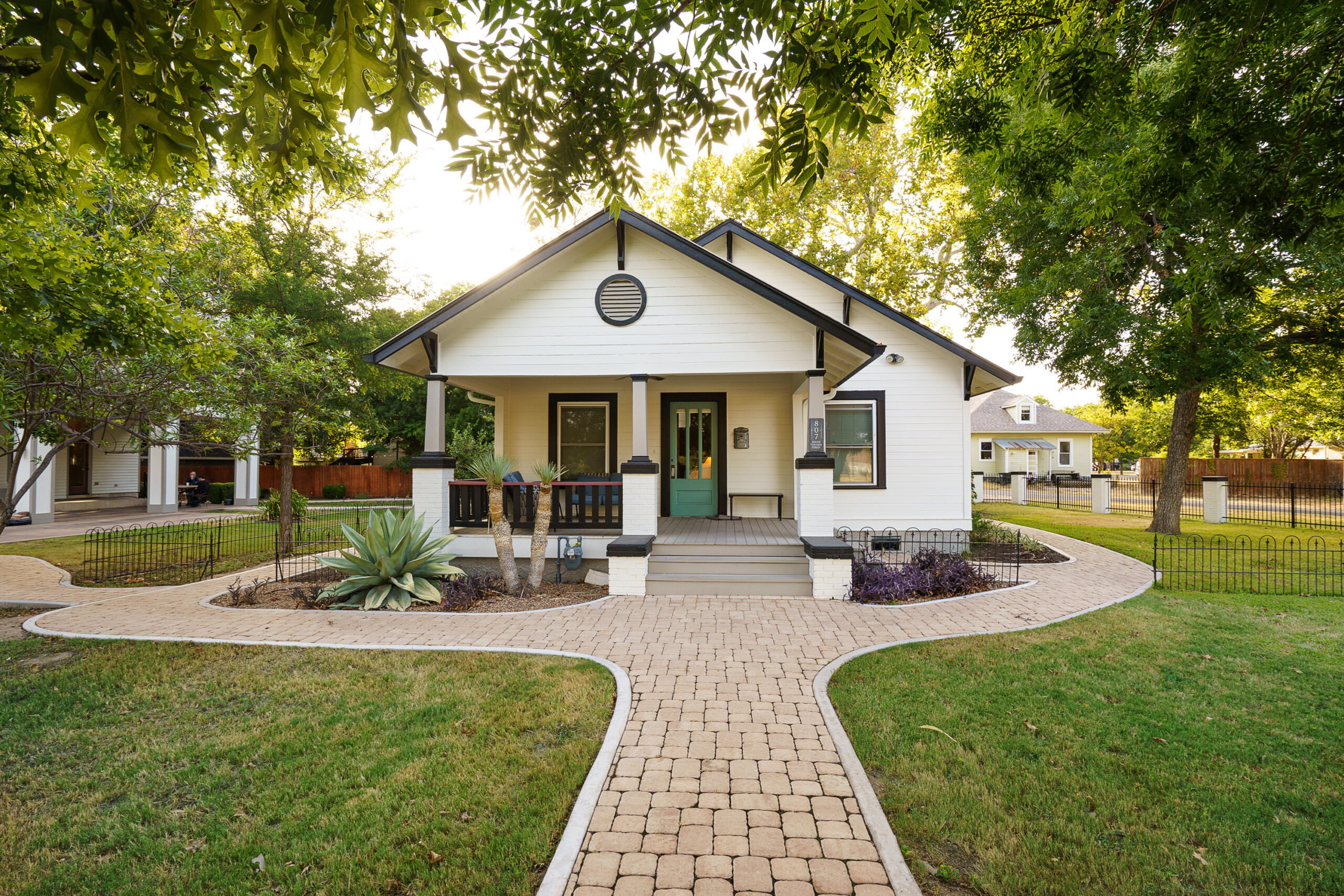What are the different types of bipolar disorder in males, and how can they impact individual experiences?
Bipolar disorder manifests in several forms, each influencing individuals differently. For males, Bipolar I Disorder is marked by the occurrence of manic episodes that might require hospitalization, followed by depressive episodes. Bipolar II Disorder involves hypomanic episodes, with less intense highs than Bipolar I, but with severe depression. Cyclothymic Disorder presents with chronic mood fluctuations, yet symptoms are less severe than Bipolar I or II. The variability in these disorders means that a personalized treatment plan is vital. At Alta Loma, we understand these nuances and provide customized care to ensure effective management and improved quality of life for each resident.
How can early signs of bipolar disorder in males be identified effectively?
The early identification of bipolar disorder in males can be challenging, as symptoms may present subtly. Key indicators include shifts between manic episodes–characterized by heightened energy, irritability, and risk-taking–and depressive episodes, marked by intense sadness and fatigue. Recognizing these signs early is crucial. From my experience at Alta Loma, engaging with a mental health professional at the first sign of these symptoms can lead to early intervention and better long-term management strategies. Have you or someone you know noticed such signs? It might be time to consult a specialist for guidance.
What are the unique challenges faced by males with bipolar disorder?
Males with bipolar disorder often experience challenges distinct from females. The early onset of symptoms can disrupt education and career paths, leading to long-term instability. Additionally, males may have more frequent manic episodes, resulting in risky behaviors and strained social relationships. Substance use disorders commonly co-occur, complicating diagnosis and treatment. At Alta Loma, our integrated approach addresses these complex challenges, offering comprehensive care that encompasses both mental health and substance use treatment. This holistic strategy is designed to foster stability and personal growth.
What are effective treatment strategies for bipolar disorder in males?
An effective treatment for bipolar disorder in males involves a multifaceted approach. Starting with a consultation with a specialist, individuals can receive a tailored plan that includes medication management, such as mood stabilizers, and psychotherapy like cognitive behavioral therapy (CBT). Lifestyle adjustments, including regular exercise and healthy eating, complement medical interventions. At Alta Loma, we emphasize monitoring progress and adapting strategies as needed, ensuring residents receive the best possible care. What lifestyle changes have you found effective in managing mental health challenges?
How should one respond to a bipolar disorder emergency in males?
In emergencies involving bipolar disorder in males, such as severe mania or suicidal ideation, immediate intervention is essential. This may involve contacting emergency services or hospitalization to stabilize the individual. Recognition of these emergencies is crucial for preventing harm. At Alta Loma, we develop personalized crisis management plans to prepare individuals and their families for potential emergencies. Have you ever developed a crisis plan? It could be a vital step in ensuring safety and peace of mind.
What personal insights can enhance the management of bipolar disorder?
Personal insights play a critical role in managing bipolar disorder. Understanding one’s triggers and mood patterns empowers individuals to take proactive steps. For instance, John, a resident at Alta Loma, learned to identify his mood changes through cognitive behavioral therapy and community integration. By recognizing triggers, he developed effective coping mechanisms, improving his overall quality of life. Encouraging self-awareness and emotional growth alongside clinical treatment fosters a holistic approach to managing bipolar disorder. How might developing such personal insights benefit your journey or that of someone you know?
What are common misconceptions about bipolar disorder in males?
One prevalent misconception is that bipolar disorder equates to constant mood swings or that it’s the same as rapidly changing emotions. In reality, individuals experience distinct episodes of mania and depression, often with stable periods in between. Another misconception is that bipolar disorder is merely a behavioral issue when it’s actually a complex mental health condition requiring professional intervention. At Alta Loma, we strive to educate both residents and the public to dispel these myths, fostering better understanding and support for those affected. Have you encountered any misconceptions about mental health that you’d like to discuss or learn more about?
How do societal expectations impact males with bipolar disorder?
Societal expectations can significantly impact males with bipolar disorder, often adding pressure to conform to traditional notions of masculinity, which can discourage seeking help. This reluctance can exacerbate symptoms and delay treatment. At Alta Loma, we understand these social dynamics and emphasize the importance of creating a supportive environment where males feel safe to express vulnerabilities and access the help they need. By challenging these societal norms, we contribute to a culture that prioritizes mental well-being over outdated expectations. How do you think society can further support males struggling with mental health issues?







